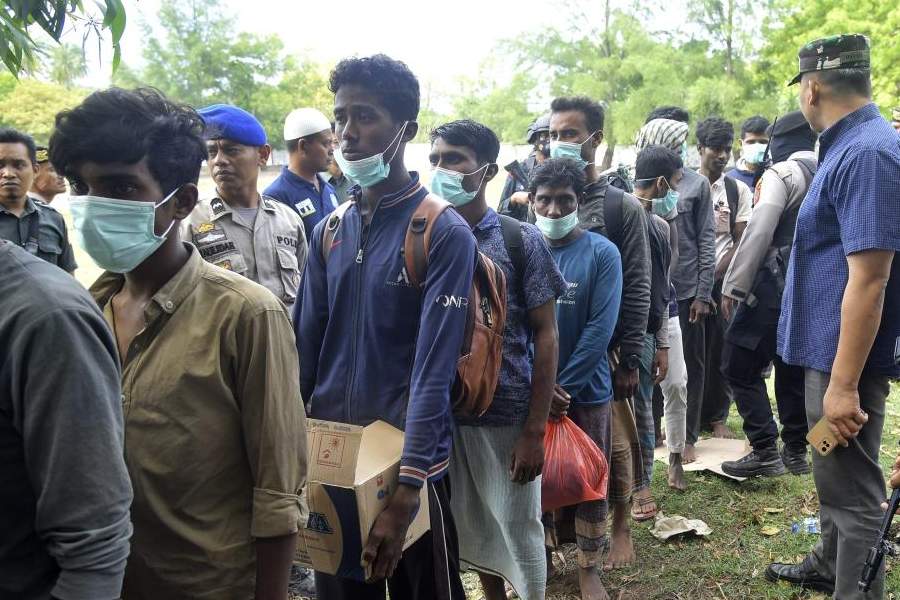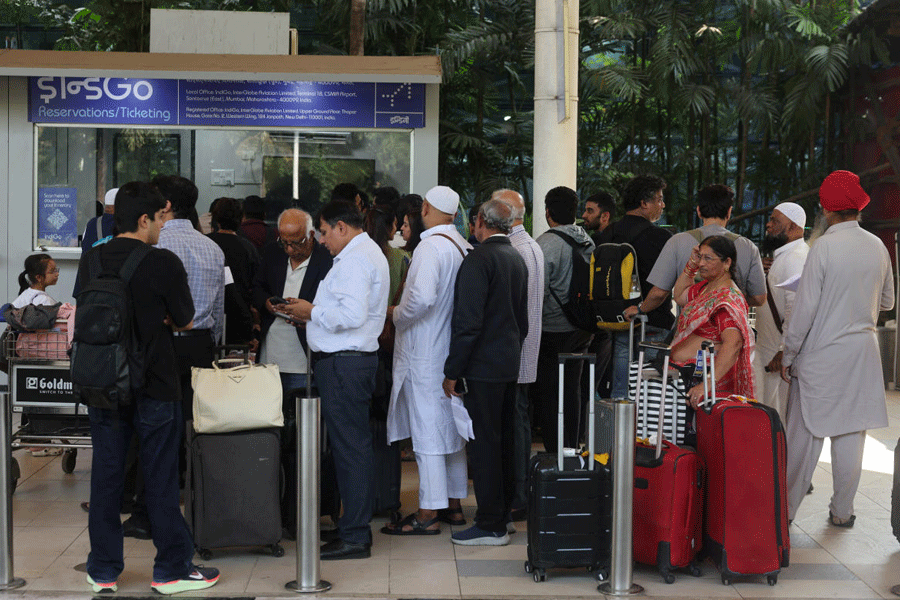Ranchi, May 16: Banks in Jharkhand have had to write off more than Rs 1,500 crore in bad debts most of which were incurred while disbursing loans under several populist schemes of the UPA government.
The exact dues of Rs 1,516 crore — a net increase of Rs 1,317.68 crore in one year — amounted to 8.55 per cent of the gross credit of Rs 17,732 crore in the state.
Bankers were, however, reluctant to provide the real reason for such poor recoveries in government-sponsored schemes.
However, a senior banker said on condition of anonymity that PSU banks had been facing severe pressure to lend for these schemes and fulfil targets. As a result, proper verifications to gauge credit worthiness of beneficiaries weren’t done. Not surprisingly, the major chunk of the waiver has had to be done by State Bank of India — Rs 1,296.46 crore since December 2007.
According to sources, recovery under government schemes was a mere 36.62 per cent. In case of the Integrated Rural Development Programme, it was 6.21 per cent only, while under the Prime Minister’s Rojgar Yojana, it was 40.30 per cent.
No wonder the State-level bankers’ committee was seriously concerned about the high NPAs. While the gross credit went up to Rs 17,732.49 crore till December 31, 2007, gross NPAs also went up to Rs 735.13 crore — 4.15 per cent of the gross credit.
Banks were trying to recover dues by filing certificate cases under the state Public Demands Recovery Act. But most of the certificates were filed against small borrowers who had very little assets against which the loans could be recovered.
Concerned over the poor recovery and failure of certificate cases, banks were thinking of an alternative mode with the state government suggesting appointing exclusive certificate officers in 11 districts on a pilot basis.
As of now, 399 cases worth Rs 226.34 crore were pending before the debt recovery tribunal. Allahabad Bank deputy general manager P.S. Bhatia said NPAs were basically business decisions. While the quantum of NPAs and bad loans across the country had gone up, it had come down as a percentage as level of credit had gone up substantially. Banks, he added, were organising recovery camps and were also using the Surfacing Act to increase their rate of recovery.











